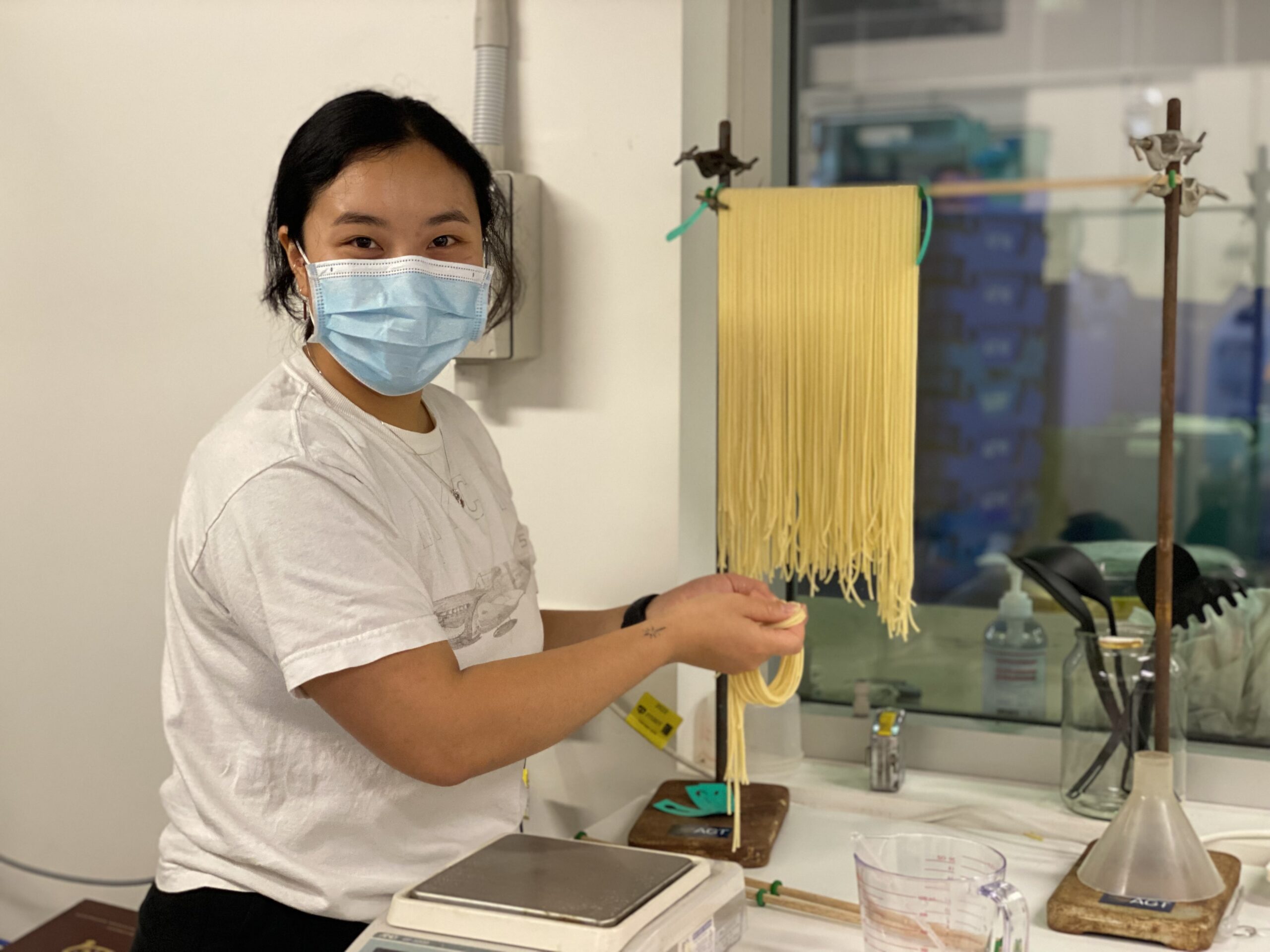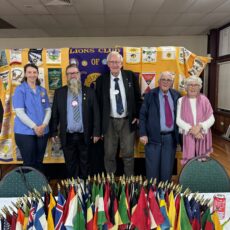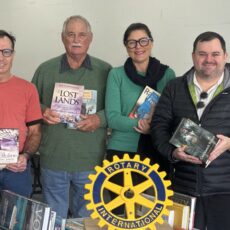There is a science to producing the perfect pasta that the export market wants to gobble up, and it’s being uncovered at the University of Sydney’s Plant Breeding Institute near Narrabri as part of a collaborative project with plant breeding company Australian Grain Technologies.
“At Narrabri, we focus on breeding both bread wheat and durum wheat,” said AGT durum wheat breeder Tom Kapcejevs
“In Northern NSW and QLD, durum wheat is mainly grown for the export market, and it is mostly picked up by Italy for making pasta and North Africa as well for making couscous,” he said.
“Yes, it’s true – the Italians wouldn’t have the best quality pasta in the world without Aussie farmers growing Australian varieties, and obviously we’re a significant player in that end product quality.”
The project has been analysing three Australian durum wheat varieties: Westcourt, Bitalli and Zulu.
These grains have been tested through the grain preparation processes and pasta making process.
The analysis will determine the qualities and characteristics of the durum wheat and whether it’s suitable for the export market with colour and texture being two of the most important factors when it comes to making scrumptious pasta.
“Northern NSW is a key market for the Italians, they do buy from Canada, but they want the top-quality Australian durum from us,” said Tom.
“In Australia, we produce a very high-quality yellowness; our semolina yellowness is the envy of the durum world.”
The durum wheat variety – Westcourt – was released by AGT in 2019 as a high-yielding, high-quality variety to be grown in the northern region of NSW and Queensland.
And a fun fact is AGT’s naming convention for durum varieties is based on Melbourne Cup winners, with Westcourt the horse winning the famous race in 1917.
“The variety Westcourt has that bright and high yellowness that the Italians are after in their pasta,” said Tom.
“Westcourt continues the ‘rois’ high quality, in addition, we’re getting that extra yield.”
The principal researcher on the project is Zoe Taggart Kirbyshire.
Zoe is a fourth-year University of Sydney student studying a Bachelor of Science Food and Agricultural Business.
She lives and studies in Sydney but jumped at the chance to get some more experience and undertake research in the region alongside her supervisor, Dr Guy Roth, the director of northern region agriculture at the University of Sydney’s Narrabri campus.
“Zoe is doing her honours, and Guy Roth asked if we had any projects available; we put our brains together and we decided to get a few varieties together to test,” said Tom.
“One is an old variety called Zulu, which has grown a bit around the Liverpool Plains, and two later released varieties: Bitalli, which was mainly released for the South Australian markets and Westcourt.
“Between the three, we’re seeing a big difference in yellowness: Zulu being the worst, Bitalli being the mid-ground and Westcourt being the superior. You can definitely tell the difference, and we’ve got Zoe making a bit of pasta to pick up on those differences but also we’re trying different water additions to see what effect that has on colour with non-cooked and cooked pasta and also on the texture at the end.
“Just mixing it up before it’s dried down with different water amounts to find out whether it’s going to impact the end quality.
“Hopefully, the farmers can see the work we’re putting in behind the durum breeding and how it’s actually going to benefit them because at the end of the day, that’s what it’s all about.
“It’s about what the export market wants and about what farmers want as well – yield, disease resistance, intolerances and adaptability.”
Zoe said it’s been exciting to gain experience working in a laboratory and on such a collaborative project.
“I’m just so interested in food,” she said.
“I’d love to do more in the food industry to do with new product development.
“I’m super into new products and niche flavours, for example, how people come up with ways to minimise waste, or I’d love to create a new flavour. I think I’ve always been interested in food because a lot of my memories from growing up are based around food, like different cakes from when I was little.
“I do really like to cook too, and my degree is phenomenal because it really is about everything from paddock to plate. This honours research project is looking at three varieties of durum wheat, their qualities overall and how those varieties will have slightly different results.
“The research has also been shaped by looking at what the consumer wants and what is expected.
“Yellowness is associated with a high-quality product, and that then helps our farmers know what to grow because they know what the market wants.”
As well as working on an amazing project, Zoe has enjoyed getting to know the people and places of the Narrabri region.
“It’s been really nice, clear skies and the stars at night – I take photos every day.
“I see the sunrise and the sunset every day and the ranges – they’re just incredible. It has also been really helpful to be able to talk in-person with everyone here and the AGT team.
“Everyone has been so kind and welcoming; I don’t how I would do anything without Jayne.”
Jayne Onus is an AGT laboratory coordinator and has been helping to supervise Zoe’s project and show her how to use the lab equipment.
“Zoe’s been so keen and really hands-on,” said Jayne.
“I love my work; I’ve been here for over 30 years and it’s great to be involved in projects from start to finish.
“And it’s great having people like Zoe come to Narrabri; it gives students a taste of country life.”
To order photos from this page click here










